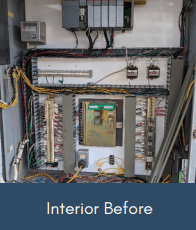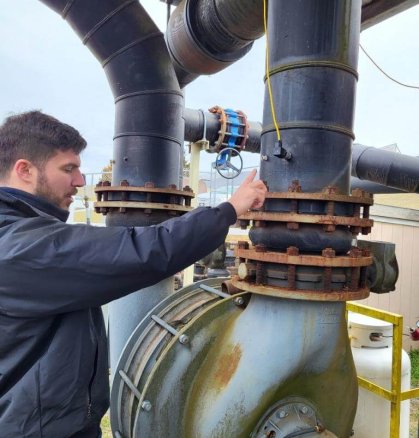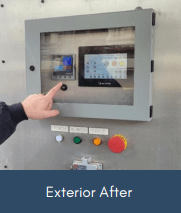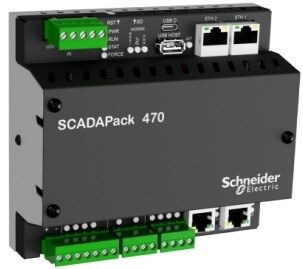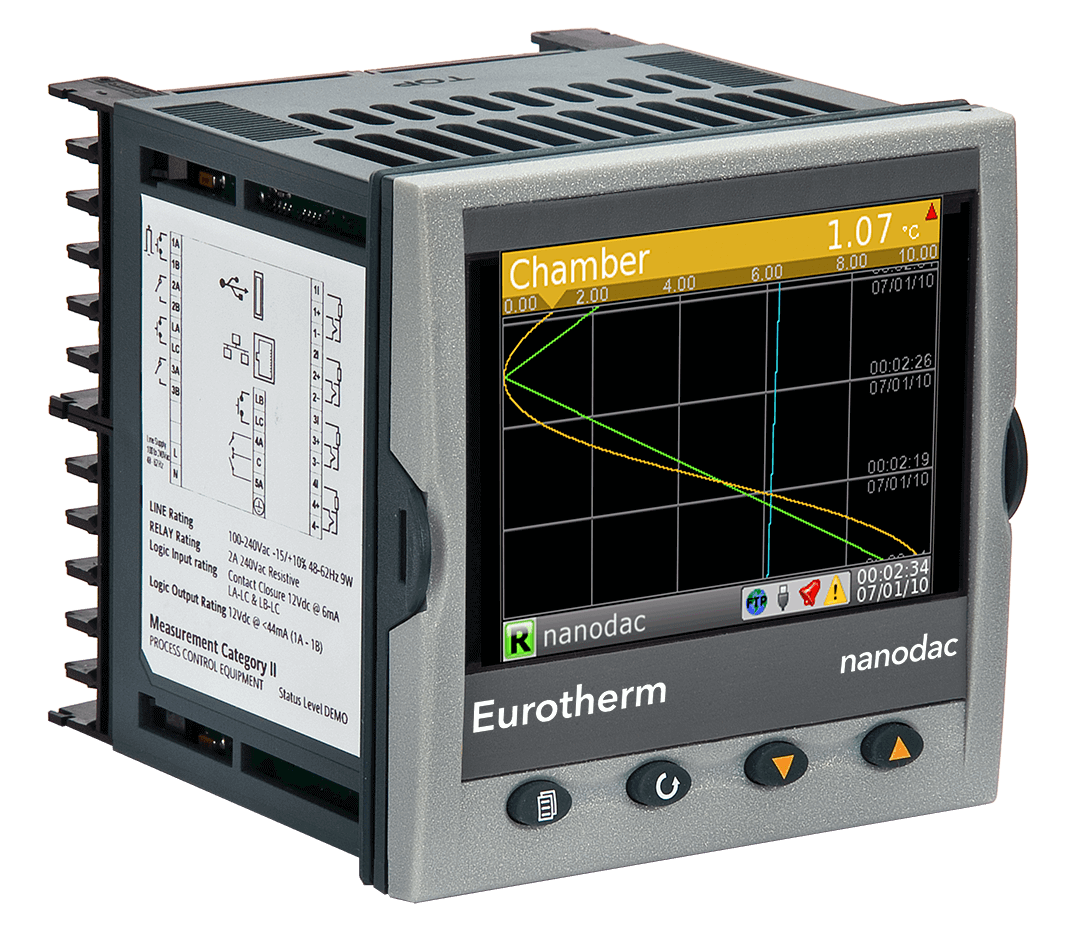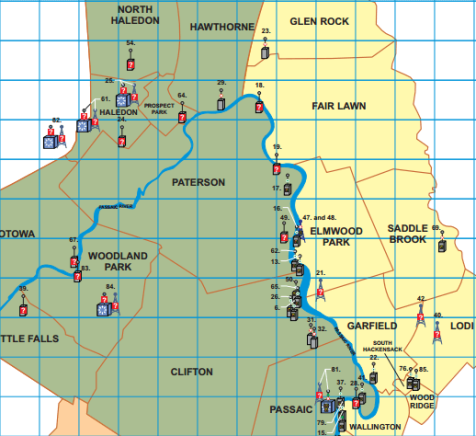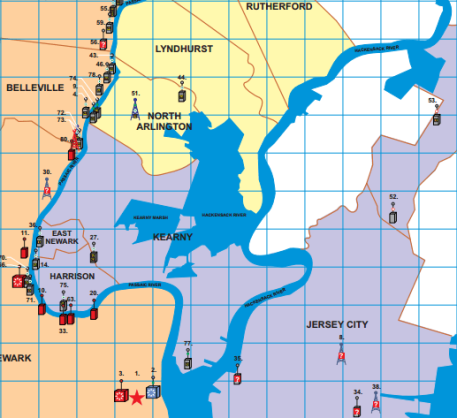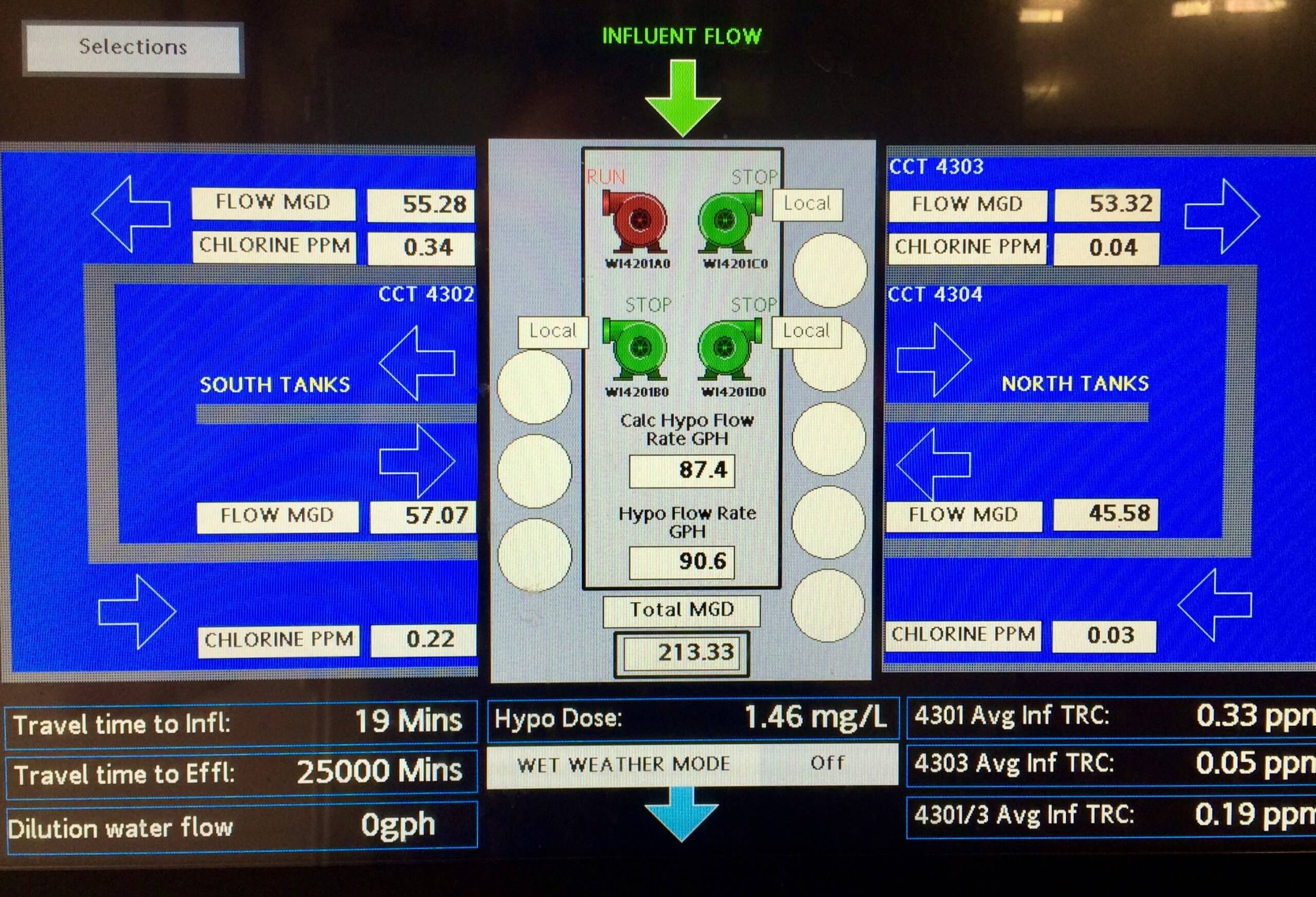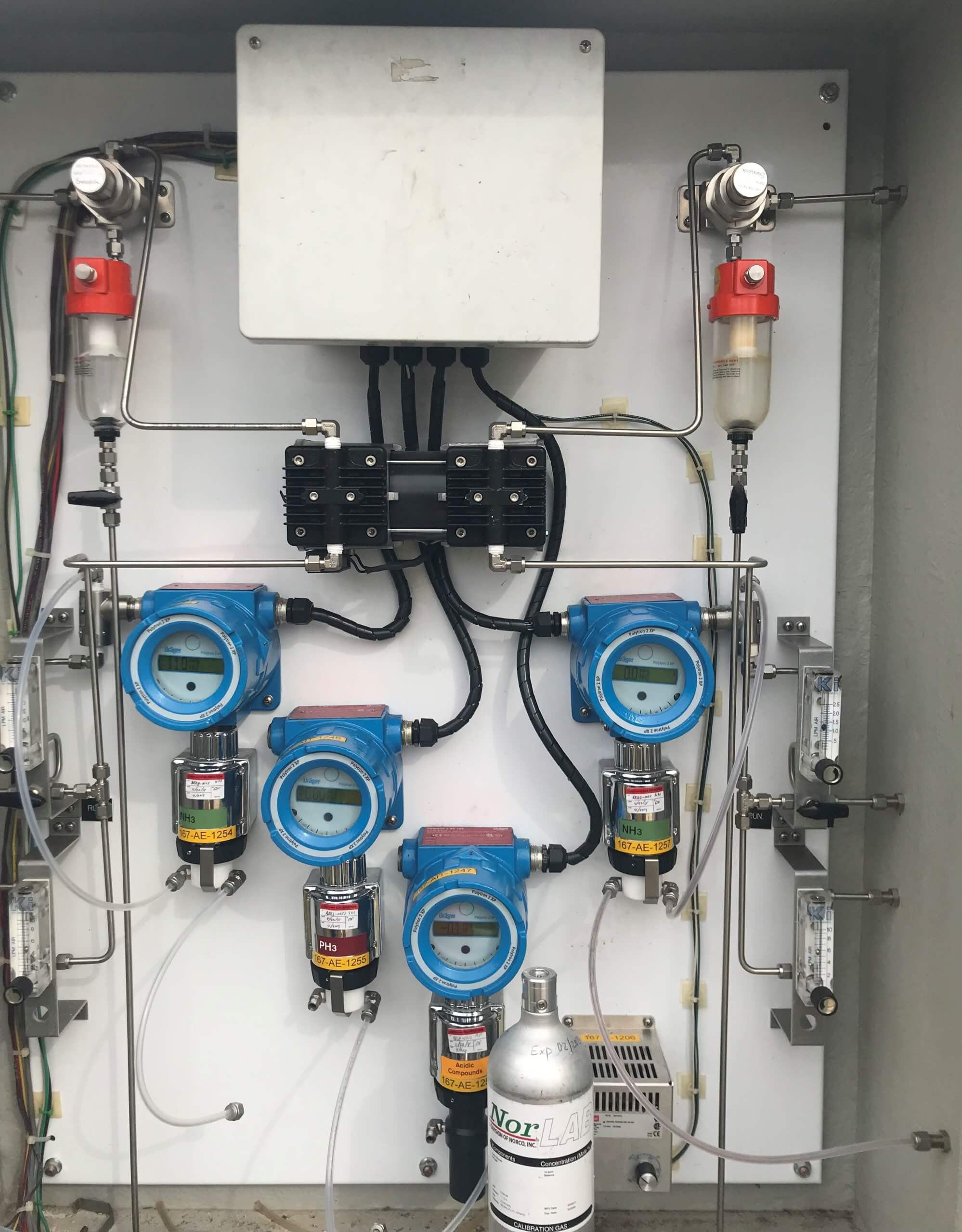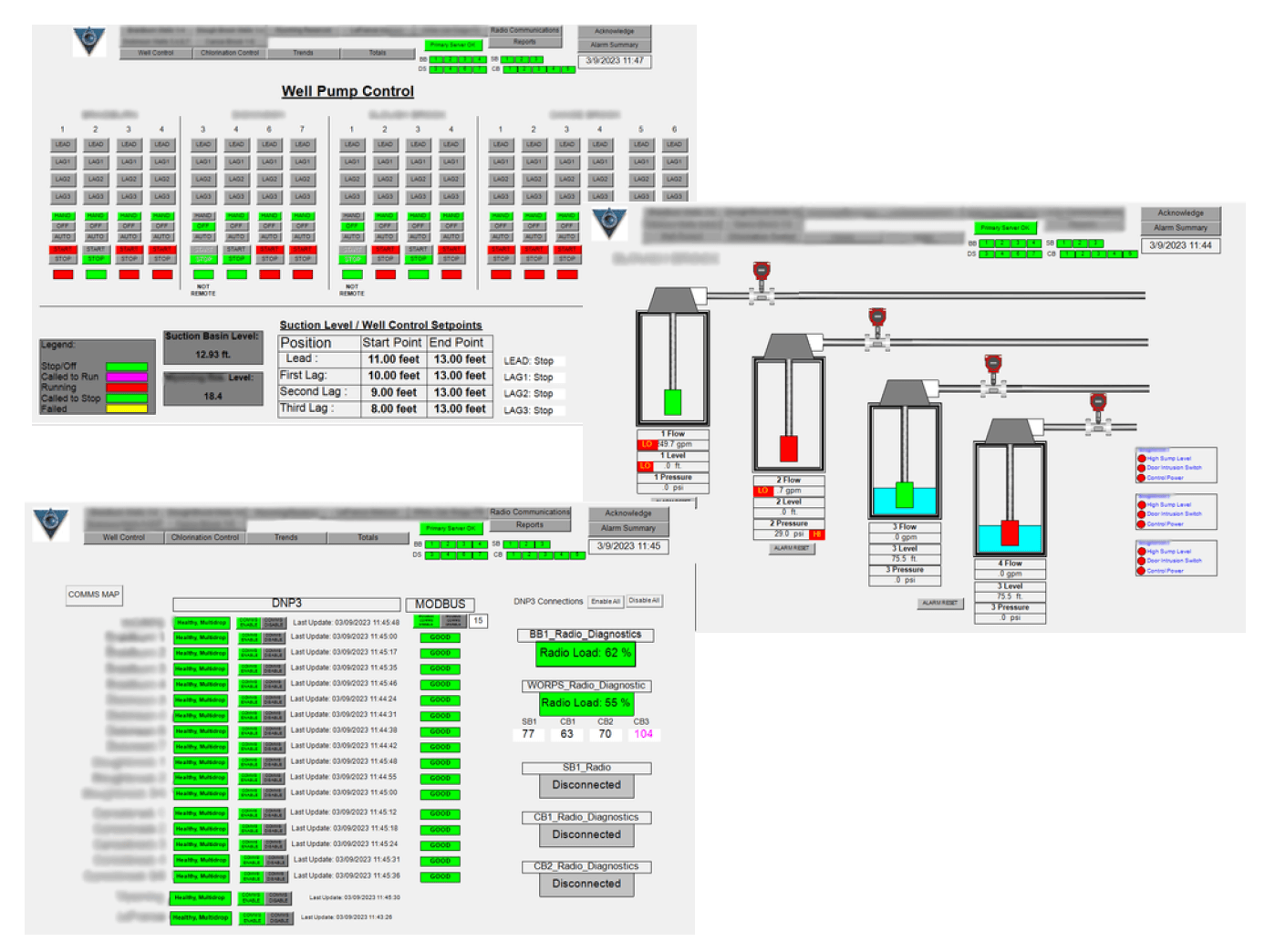Job Note: Large Waste Water Treatment Plant Scada Upgrade
April 24, 2024 | Application NotesMunicipal: Water / Wastewater / Landfill
Waste Water Treatment Plant
Northeast, USA
Construction Costs: $250K
Large Waste Water Treatment Plant
Northeast, USA
Construction Costs: $350K
Services Provided
-
SCADA Systems
-
Remote I/O Racks & OIT’s
-
PAC Control System
-
Wireless Communication
Systems
-
Switches & Fiber Runs
-
Enclosures
-
Installation Services
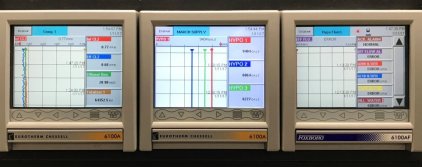
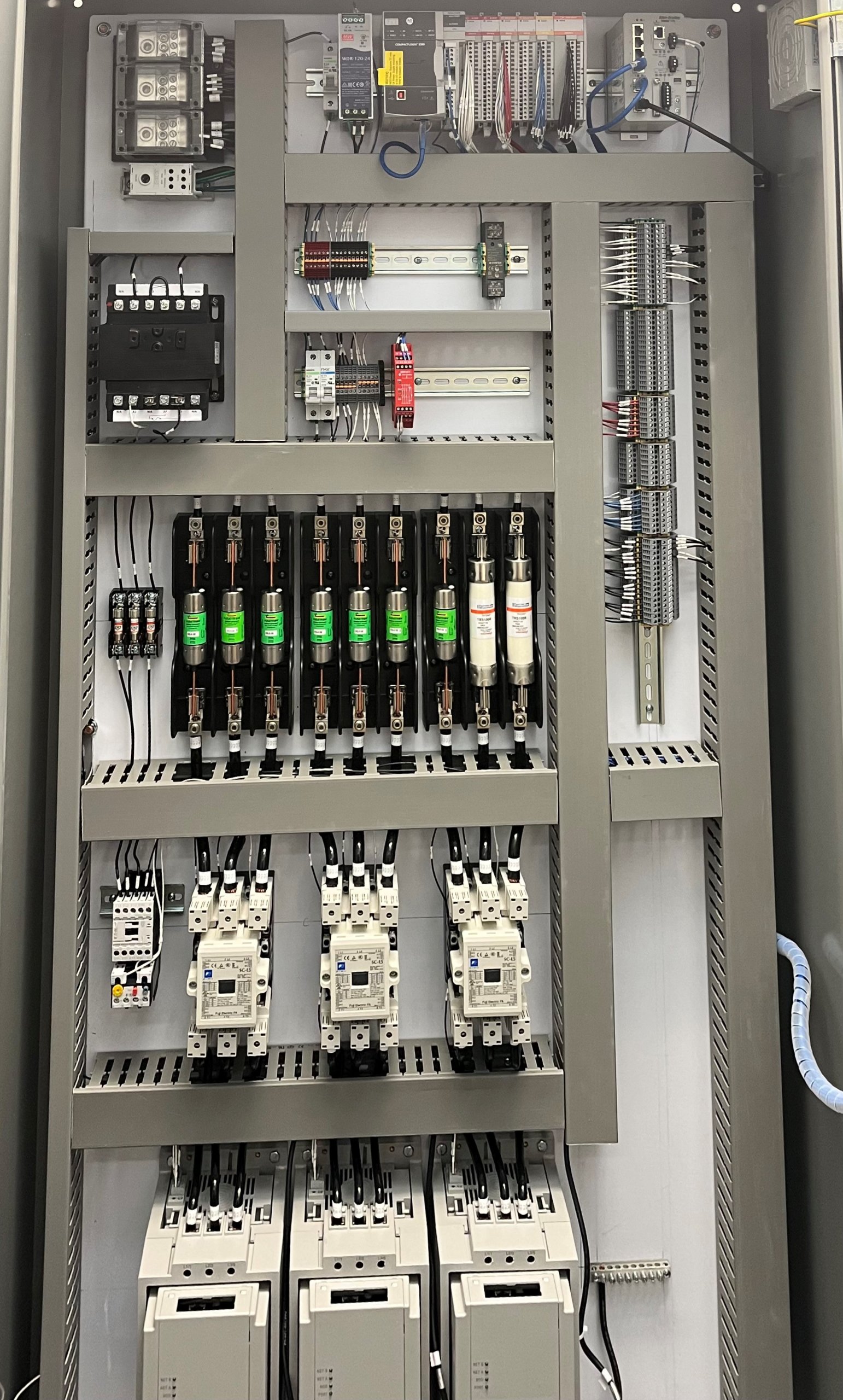
SCADA upgrade for sludge tanks, DO tanks, chlorine control, hypo tanks, thickeners and digesters including all field devices, enclosures and communication systems.
Our customer had a SCADA system in place that monitored the boilers and the gas detection system. However, an excessive amount of time was spent collecting data from remote chart recorders and indicators.
The Iconics SCADA system was expanded four-fold in order to bring in many remote parts of the plant. Twenty-five new stainless steel enclosures were installed— each being connected back to the control
room with a mix of serial comms, ethernet radios,fiber cable and copper ethernet. This meant that five-hundred new I/O was added to the control room screens along with alarms for dozens of key plant parameters.
With the new SCADA system in place, the time spent driving to remote parts of the plant has been significantly reduced as was the speed with which problems could be identified.


